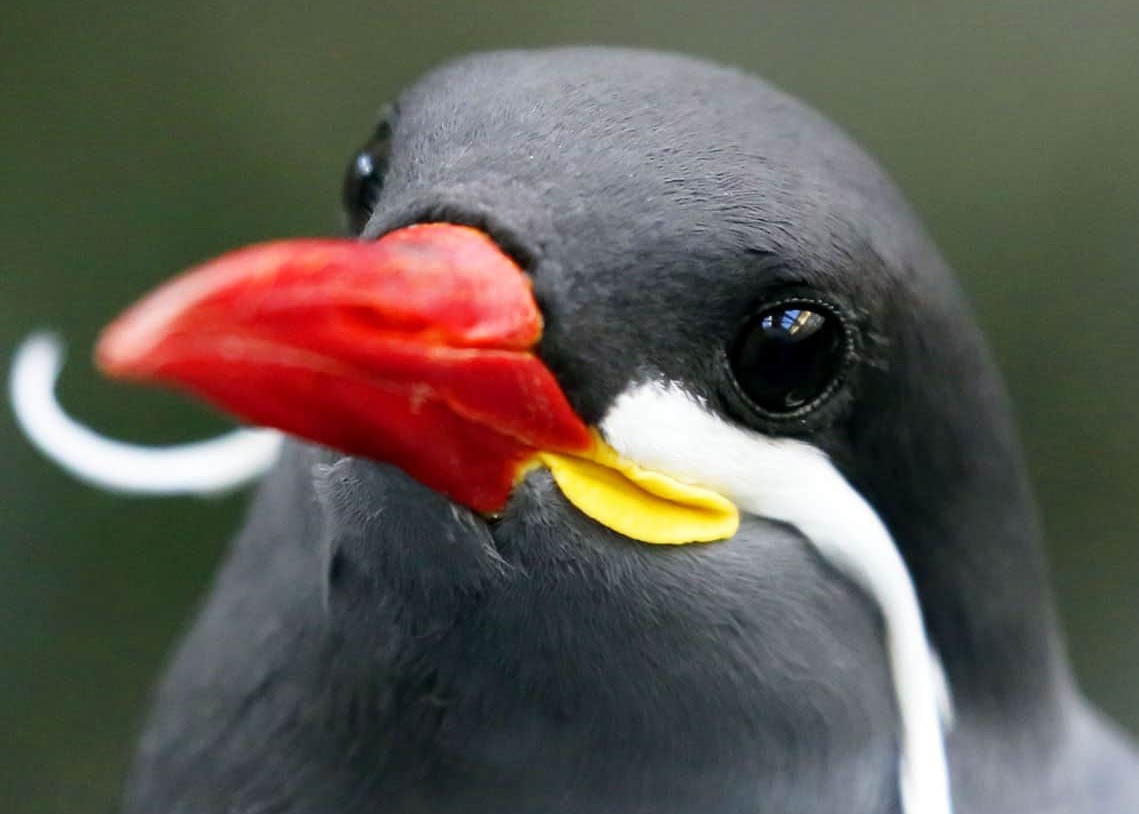Inkback
Inkbacks are large, semi-aquatic testudines found in the deepest parts of Razhea Capita's Underworld. They are specially designed to withstand high levels of radiation, and their preferred habitat are tar pits, forming amongst rubble and decaying organic matter in the most neglected parts of the Underworld.
These tortoises stand about three metres tall, with a shell diameter of five metres. The shell is almost perfectly spherical, with thick bony osteoderms and a black sheen. Inkbacks get the name from the inky black shells, and their shimmering purple and black skin.
Inkbacks are fairly docile, preferring to lounge around in tar pits. Due to their unusual habitat they have few predators. Lacertasaurus is a large bipedal theropod known to prey on inkbacks. Their spindly arms reach into the tar pits, dragging out these tortoises by their shells, flipping them over to reveal their only vulnerable spot, the stomach.
Inkbacks passively feed on tar, filtering it through small pores in the shell. They never stray too far from tar pits for this reason. If an inkback is far away from its food source for too long, it becomes even more lethargic than normal, to the point where it can barely move.
Eggs are small, no larger than a razhean's curled up fist. Inkbacks lay up to two hundred eggs, which float to the surface of the tar pits. Eggs are not cared for by either parent, and hatchlings must learn to survive completely independently.
Average Diameter
5 metres









Love the concept of them feeding passively on the tar through absorption. Are they engineered somehow? Or is their resistance to radiation an evolutionary adaptation/mutation?
These creatures are entirely natural, their resistance is an evolutionary adaptation as the Underworld has been full of radiation for thousands upon thousands of years, and it's given some creatures enough time to develop a resistance! Hyper-adaptivity is a thing in my world, and some creatures can adapt to new environments over a few generations, or even during a single lifetime.